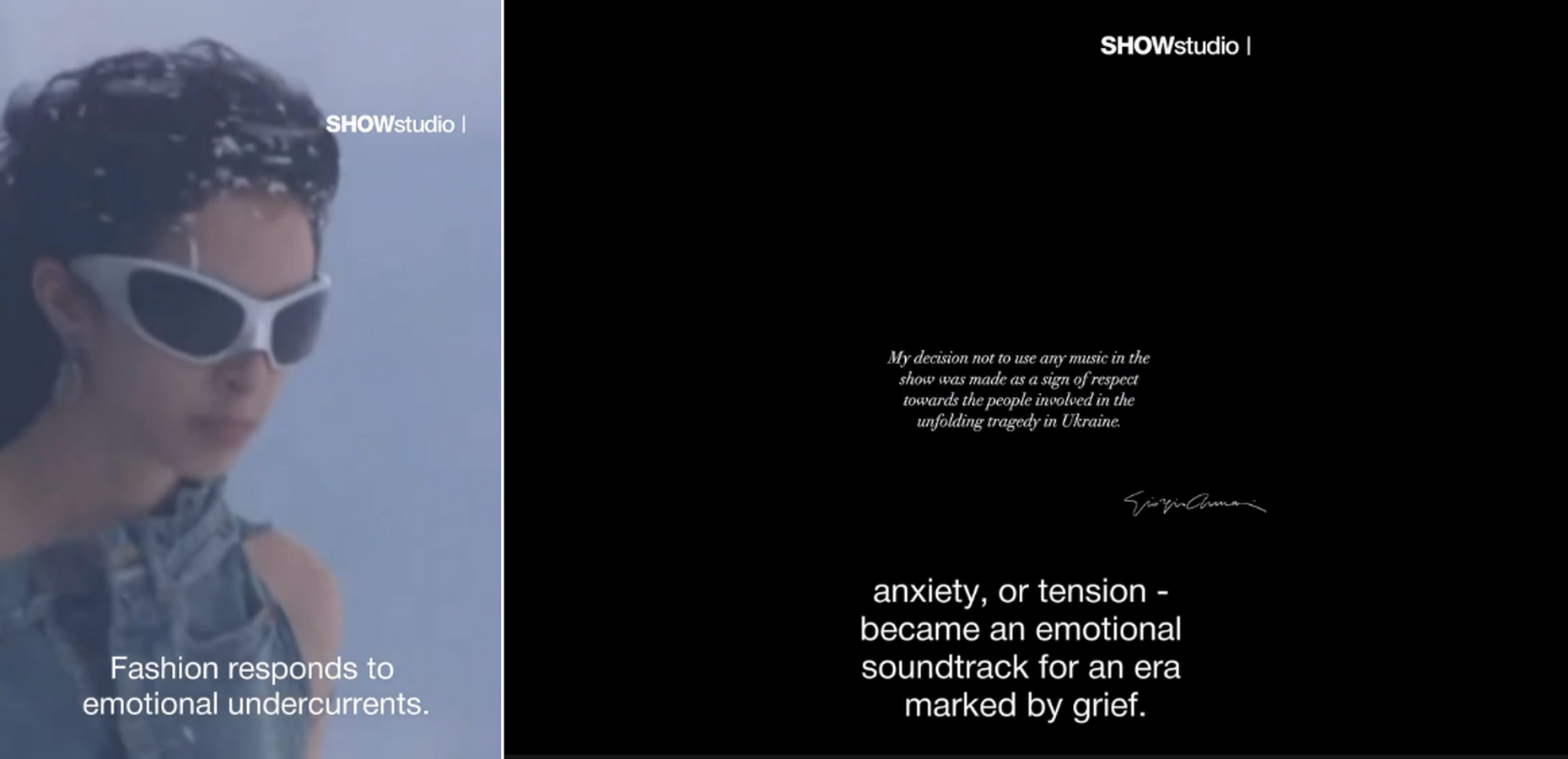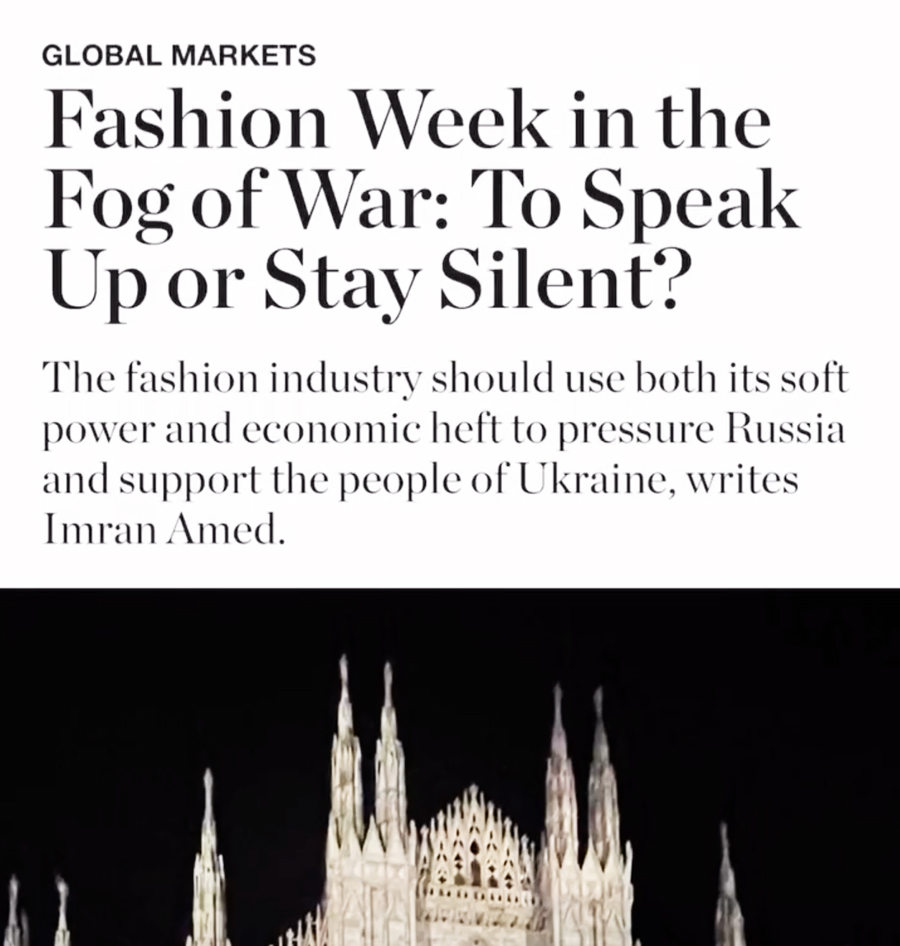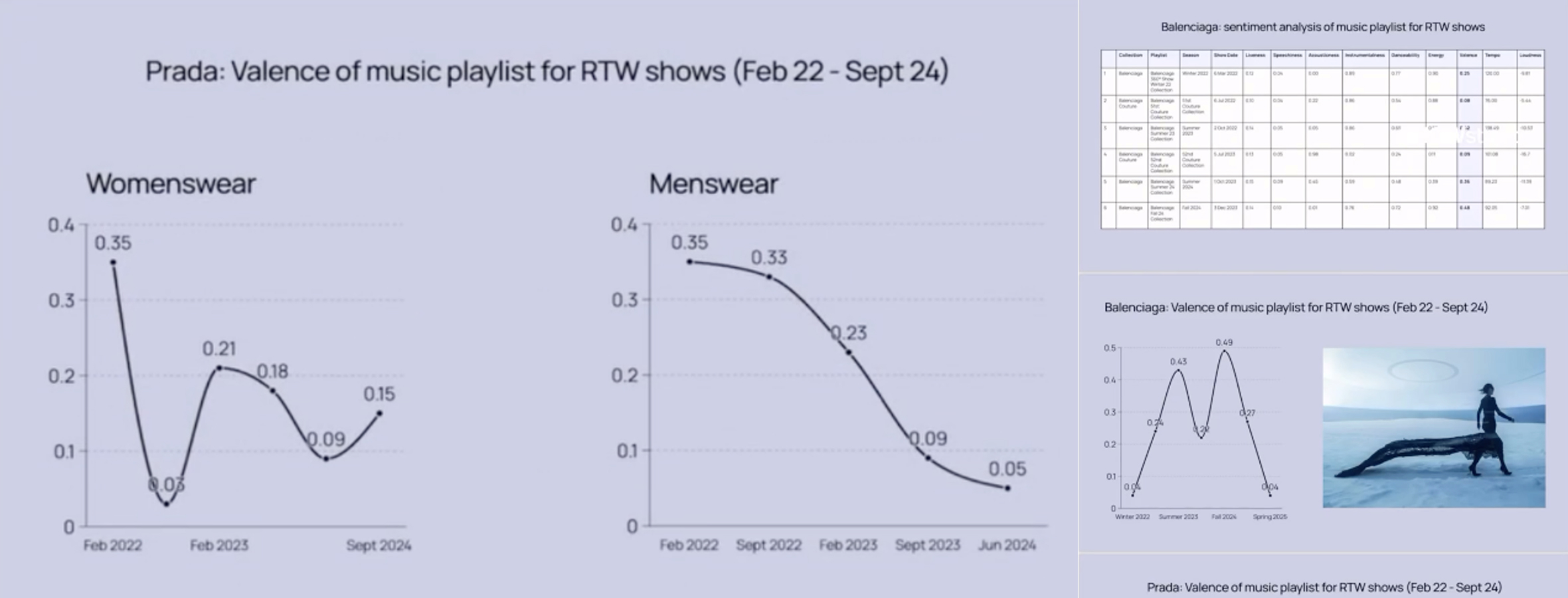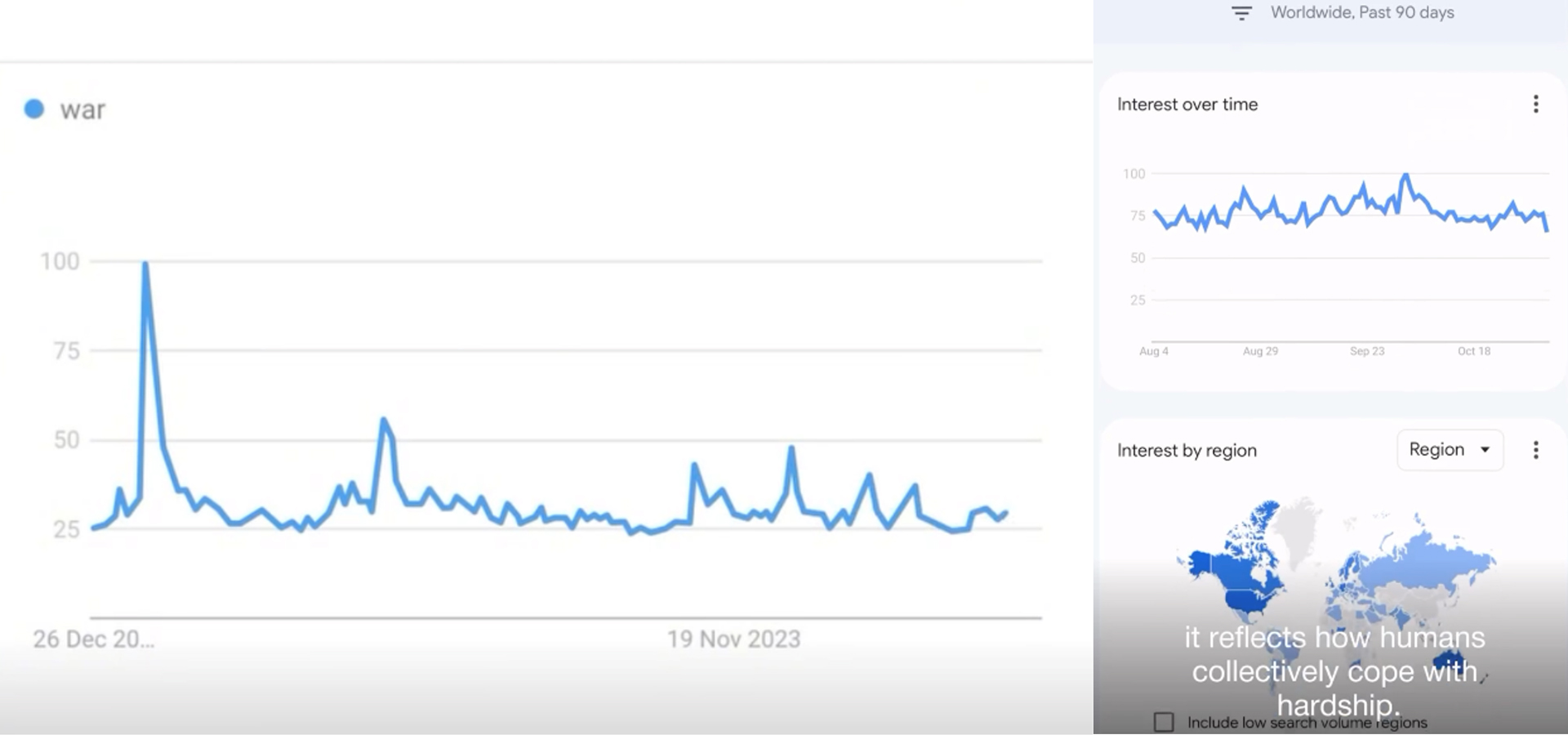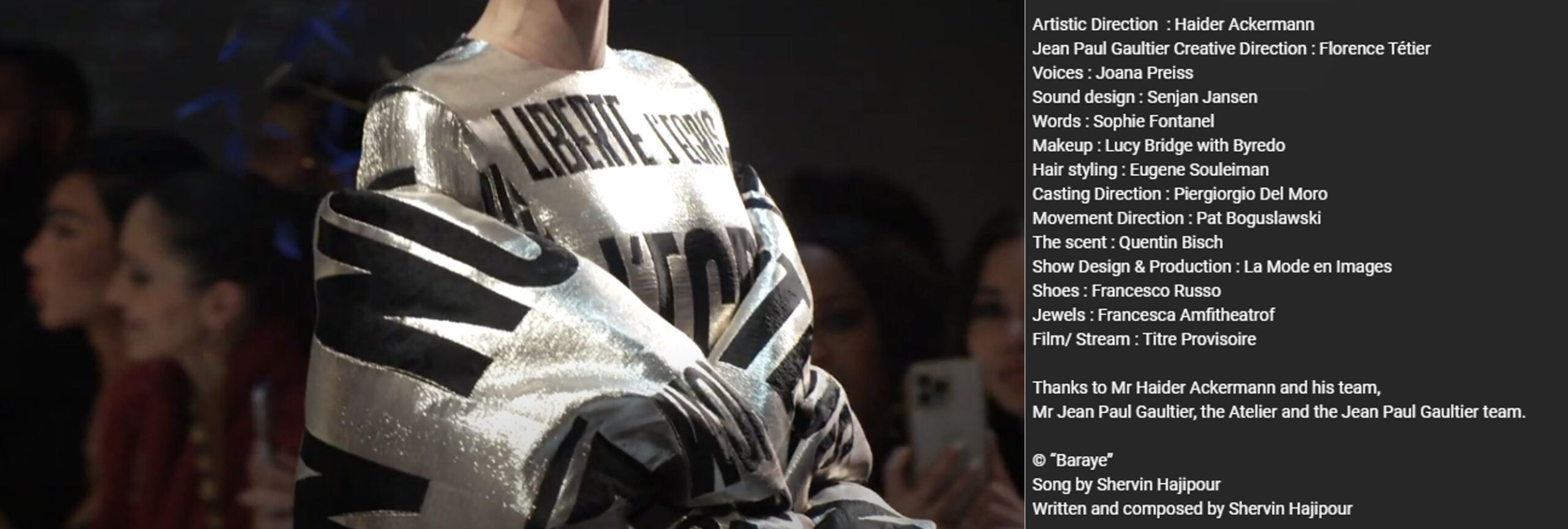The Unexpected Relationship Between Fashion Show Soundtracks and Global Events
Recently, while watching an interesting Reel on Instagram from SHOWSTUDIO, we noticed something that might not usually occur to fashion fans: the music at a fashion show can reflect, and sometimes even comment on, the socio-political climate. This Reel presented a thought-provoking analysis connecting changes in fashion show music to the emotional impact of world events, especially wartime media coverage in Europe. What we often view as escapist and avant-garde, fashion is actually more connected to global affairs than it seems.
Fashion as a Mirror to World Events
Fashion Week is famous for its drama and cutting-edge style, providing an escape from daily life. However, recent studies show an unexpected trend: during wars or conflicts, the music used in fashion shows becomes noticeably sadder. The link between European media coverage of war and the use of “negative music” in runway shows suggests that fashion is not as isolated from world events as it may appear.
A striking example occurred in early 2022 when Russia invaded Ukraine during Fashion Week. This tragic event prompted many designers to choose soundtracks reflecting feelings of loss and tension instead of celebration. The runway unexpectedly became a quiet space for reflection and respect, allowing designers to express solidarity through their choice of music.
Music as a Cultural Response
The soundtracks that shape a runway show do more than just adding to designer’s vision,
they become emotional markers that resonate with the collective mood. Researchers have analyzed the “valence” of songs used on the runway, which measures how positive or negative a song feels. Each beat and note can evoke feelings of sadness, optimism, anxiety, or hope.
Notably, significant drops in emotional tone were recorded during Fashion Weeks closely tied to major global conflicts. For instance, after the Russian invasion of Ukraine, there was a clear shift in music sentiment. Giorgio Armani, a respected figure in fashion, presented his Milan show in silence to honor those affected by the invasion. This powerful gesture contrasted sharply with the usual energy of Fashion Week and transformed the runway into a moment of quiet remembrance. Balenciaga also honored this sentiment: designer Demna Gvasalia recited a moving poem in Ukrainian, adding a personal touch to the show.
The Role of Data Science in Revealing Trends
Data science has offered new ways to observe and measure these cultural shifts. Data researcher Arielle Trang Anh Ta together with SHOWSTUDIO analyzed runway soundtracks for signs of violence and emotional valence to see if there was a connection between global news events and Fashion Week music. Thesefindings revealed that changes in song sentiment often mirrored media attention on conflict rather than the events themselves. It seems that the fashion industry absorbs emotional responses reported by the media, which then influence its seasonal collections and soundtracks.
Two specific timeframes were highlighted: first, in spring 2022 when European media focused on the Ukrainian crisis, and second, in early 2023 during violent incidents in Paris. The emotions surrounding these events influenced the music on the runway, with song choices reflecting sadness and anxiety. Interestingly, these emotional responses often aligned with peaks in media attention rather than the start of a crisis.
Fashion’s Hidden Language of Empathy
This empathetic response isn’t limited to high-profile designers like Balenciaga or Armani. It reveals a subtle language within fashion where empathy is expressed through soundtrack choices. For example, Balenciaga’s 53rd Couture Show featured guided meditation as its voiceover, an attempt to help viewers manage stress and anxiety related to global conflicts. Moreover, Haider Ackermann’s art direction for Jean Paul Gualtier and the choice of soundtrack was an impactful social act to show empathy for the Woman Life Freedom.
Fashion’s response to world events can serve as an outlet for collective emotion, even if it’s not always openly acknowledged. What we see on the runway is not just about clothes; it’s a complex mix of cultural symbols and expressions. Fashion is an art form that can convey shared human experiences.
Fashion’s Role in Cultural Reflection and Awareness
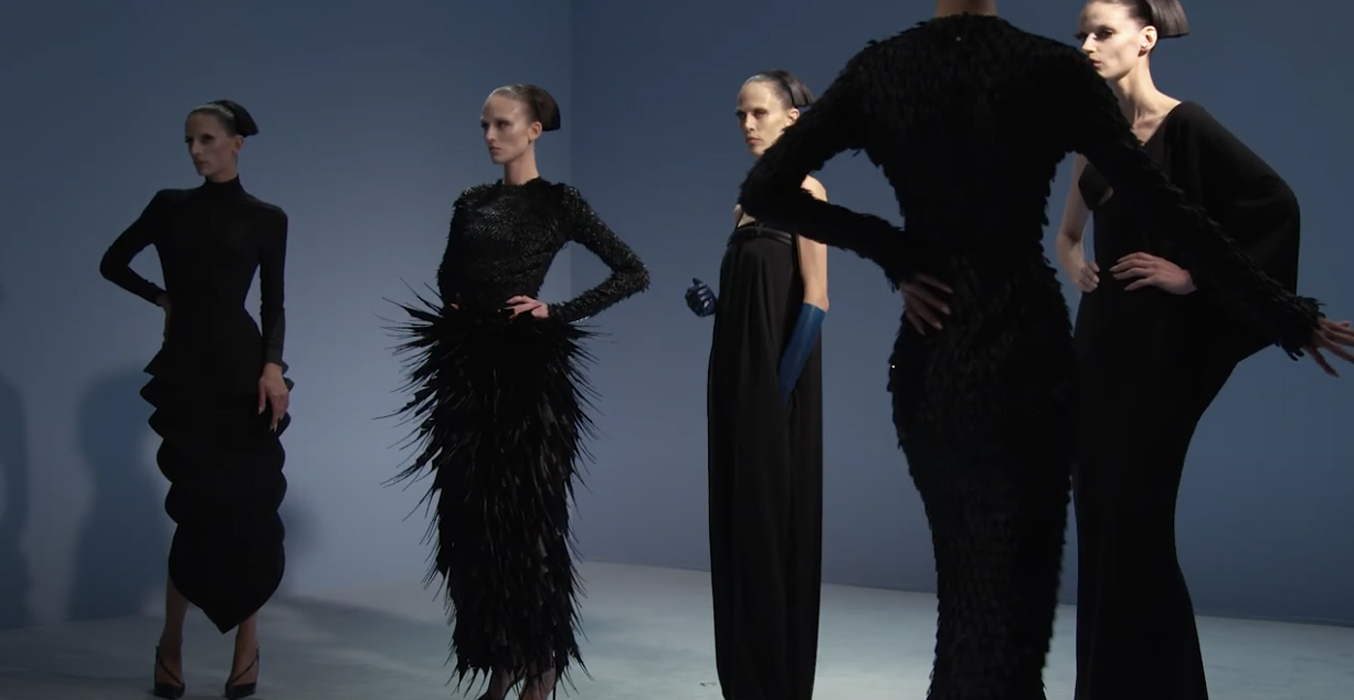
The connection between fashion and global events raises questions about art’s purpose during crises. Should fashion respond to global issues, or should it exist purely as an escape? Designers like Giorgio Armani, who chose silence, and Demna Gvasalia, who honored his roots, suggest that some view fashion as more than just an industry but as a space for empathy and awareness.
This reflection challenges the idea that fashion exists separately from reality. While it often prioritizes aesthetics and fantasy, designers’ choices during global crises show a desire to connect with real-world issues.
The Future of Fashion’s Cultural Sensitivity
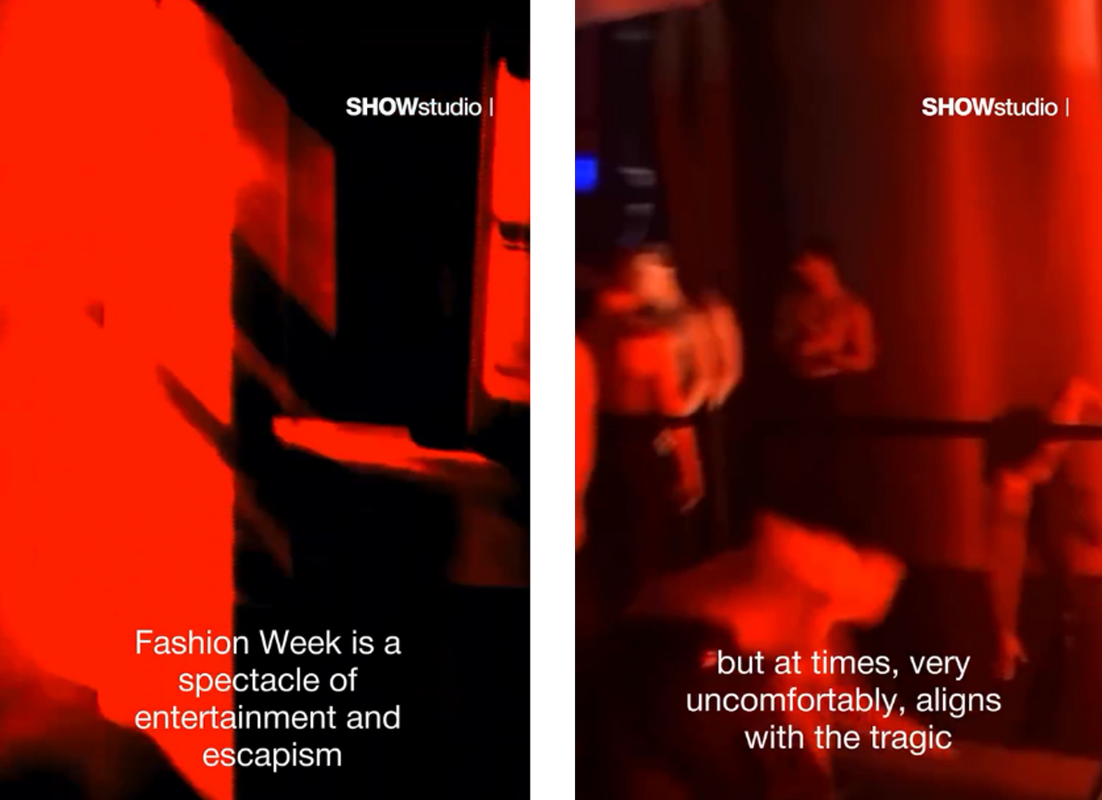
Looking ahead, data science may continue to play an important role in registering these connections. With advanced sentiment analysis and emotional mapping, fashion could further find its potential to respond to social issues, highlighting global empathy through even small choices.
As we consider today’s rapidly changing world, marked by digital transformation, it’s clear that digital fashion will also evolve alongside these trends. And as digital fashion continues to evolve, the role of music in this space becomes increasingly significant. Just as traditional fashion shows rely on carefully curated soundtracks to set the mood and enhance the visual experience, digital fashion also embraces music as a vital component of its identity. In virtual environments, music helps create an immersive atmosphere that resonates with users, enhancing their engagement with digital garments and avatars.
Brands create virtual clothing for avatars in gaming and social media platforms, the integration of music becomes essential. Music not only enhances the aesthetic experience but also serves as a form of self-expression for users navigating these digital spaces. The emotional resonance of a well-chosen track can amplify the impact of a digital outfit, allowing users to connect more deeply with their virtual identities.
Last Words
As we look to the future of digital fashion, the connection between music and fashion is set to deepen, with brands likely to explore interactive soundscapes that respond to user actions and emotions, further merging physical and digital experiences. This evolving relationship underscores how essential music is in shaping our understanding of fashion in a digital context. The question remains: will fashion continue to engage with current events, or will it retreat into pure escapism? Only time will tell. For now, both traditional and digital fashion resonate with the changing emotions of the world, adapting to new landscapes while maintaining their artistic integrity. What began as a casual scroll on Instagram sparked a deeper research for us of how fashion reflects global events, thanks to a single SHOWSTUDIO Reel. Through data science and the innovative choices of leading designers, we gain insight into how fashion addresses socio-political contexts. While it often provides an escape, fashion remains a powerful art form capable of reflecting, comforting, and mourning alongside society, now expanding into exciting new realms within digital spaces as well.
Sources
[1] https://www.instagram.com/reel/DB_dNNAteTL/?igsh=MWJvZzZnNGZrN3J0dg%3D%3D
[2] https://www.istitutomarangoni.com/en/maze35/industry/can-a-fashion-show-soundtrack-be-worth-the-entire-experience
[3] https://www.agentur-loop.com/loop-labs/beyond-the-hype-is-digital-fashion-still-the-industrys-next-big-thing
[3] https://spotlight.shimaseiki.com/en/wearware/digitalfashion
[5] https://www.econyl.com/magazine/digital-fashion-just-a-booming-phenomenon-or-a-future-trend/
[6] https://www.uphance.com/insights/guide-to-social-media-in-fashion/
[7] https://www.istitutomarangoni.com/en/maze35/industry/can-a-fashion-show-soundtrack-be-worth-the-entire-experience
[8] https://032c.com/magazine/musicology-for-clothes-runway-music
[9] https://www.eventswow.com/the-role-of-music-in-fashion-shows/
